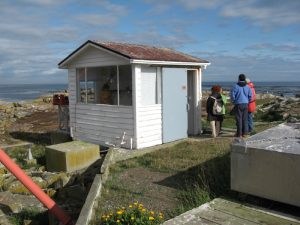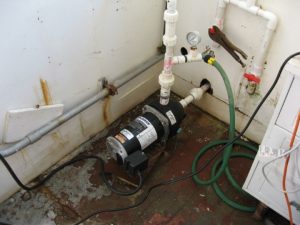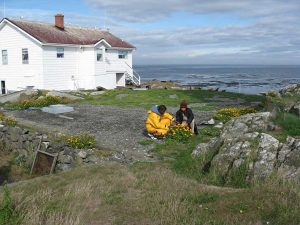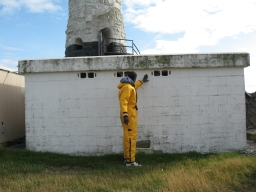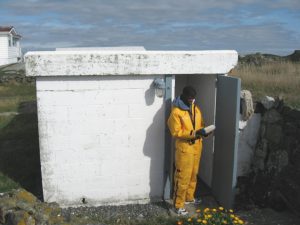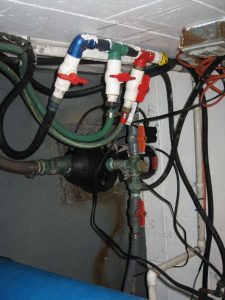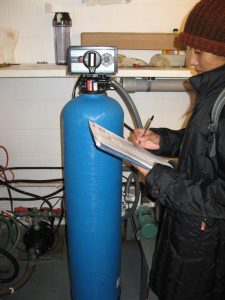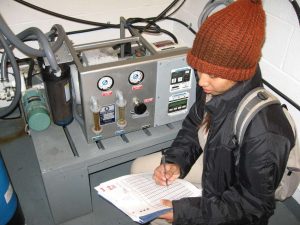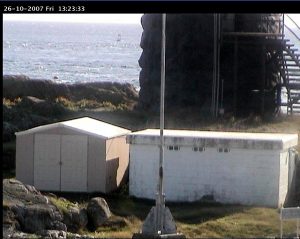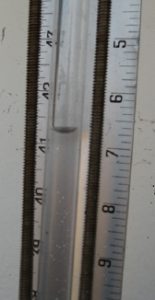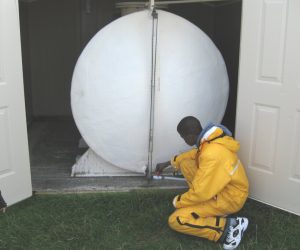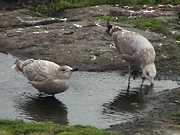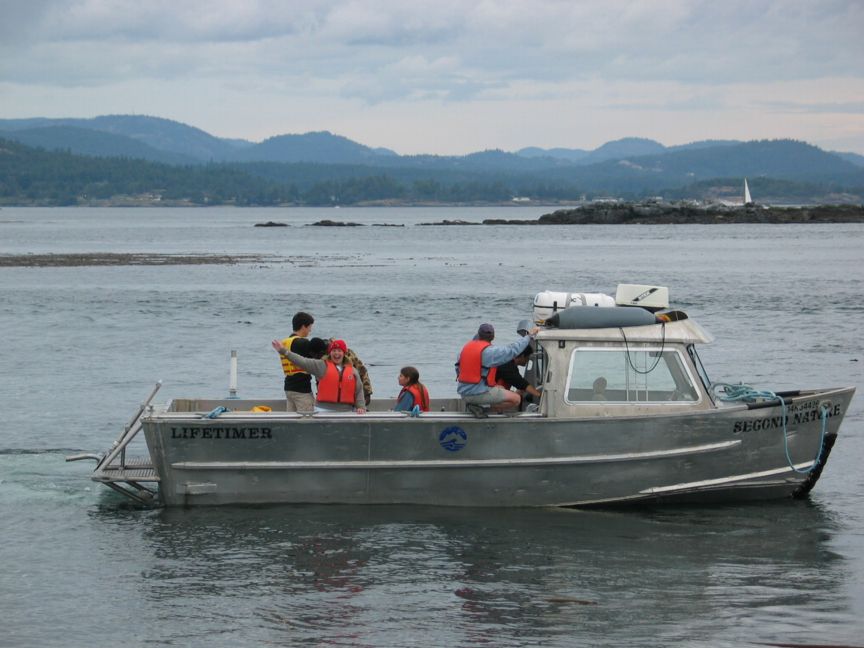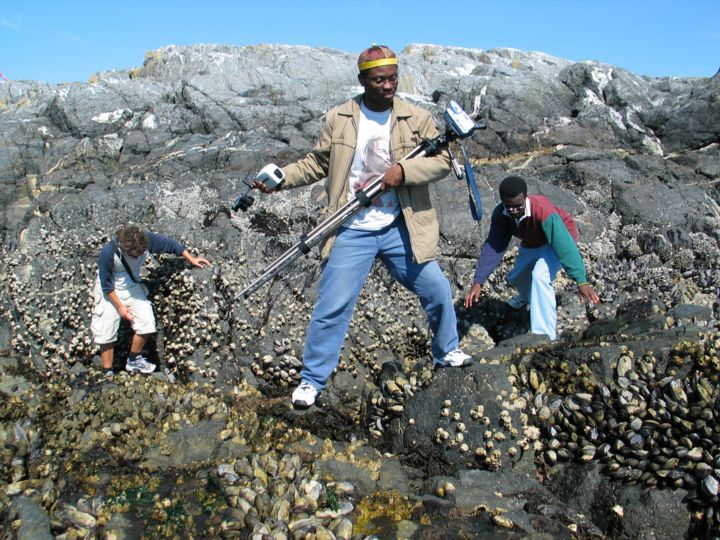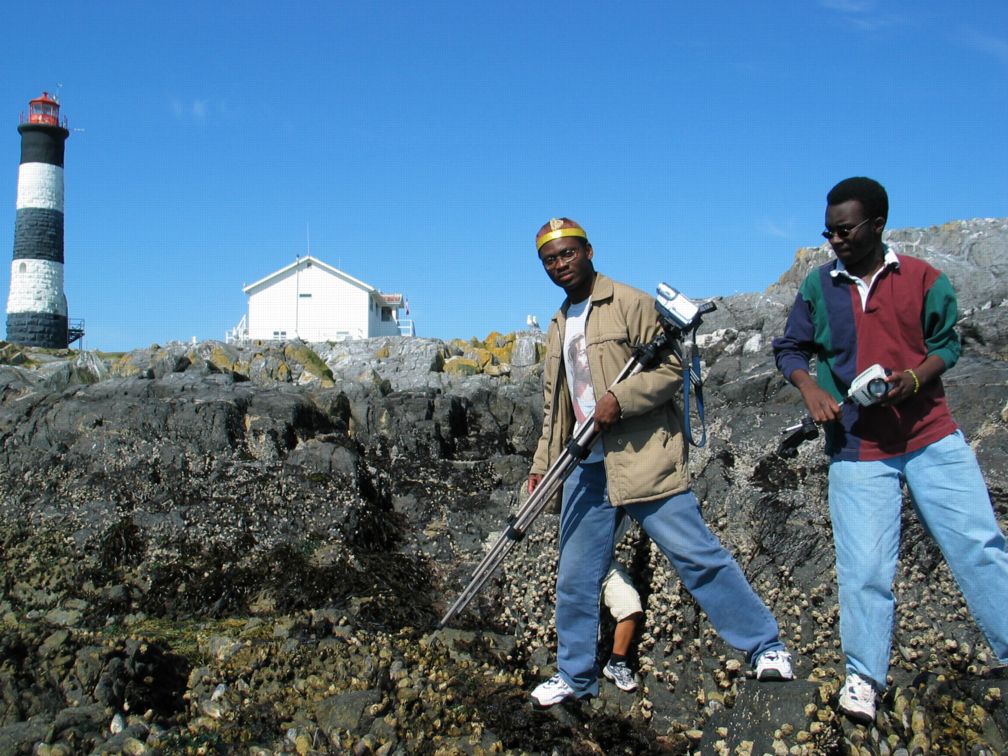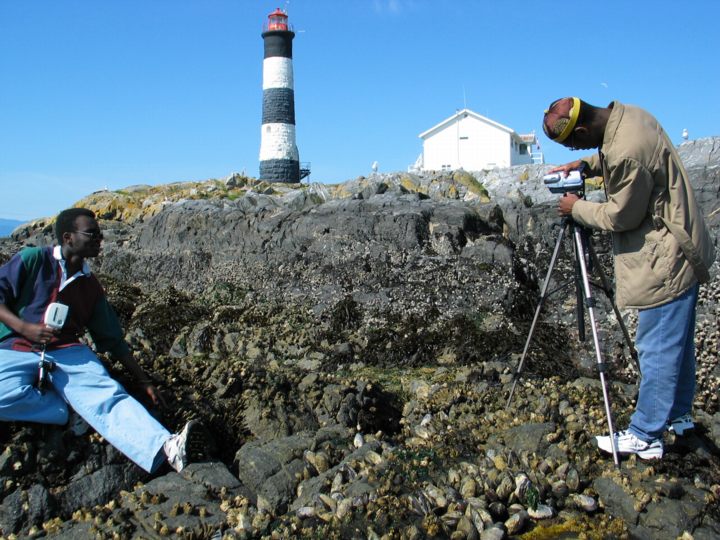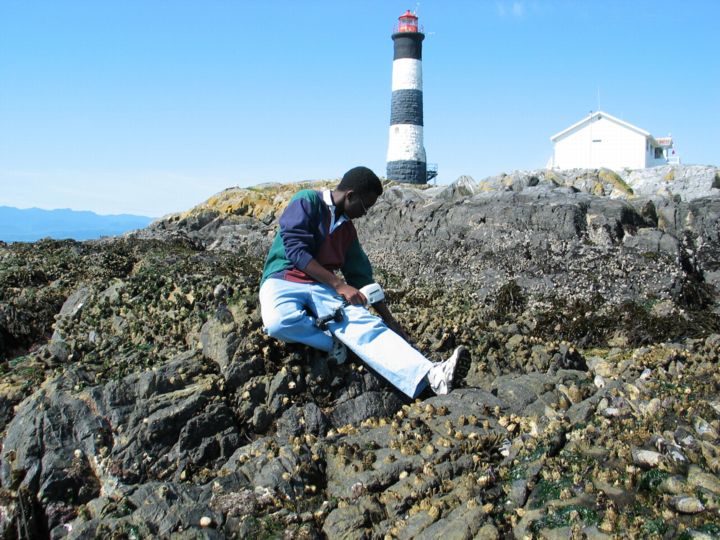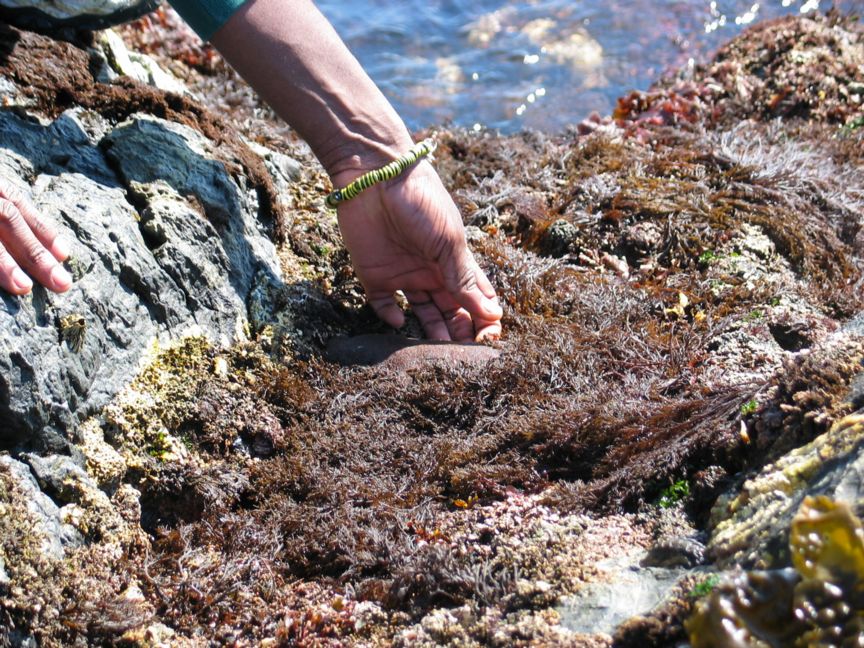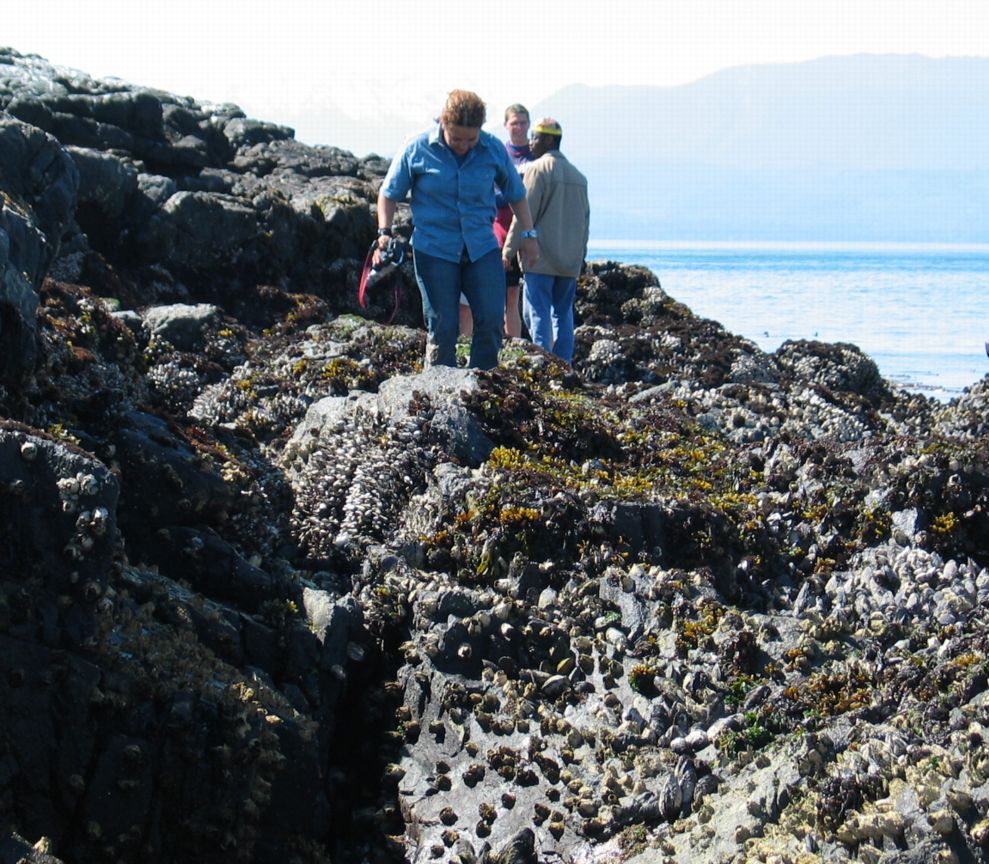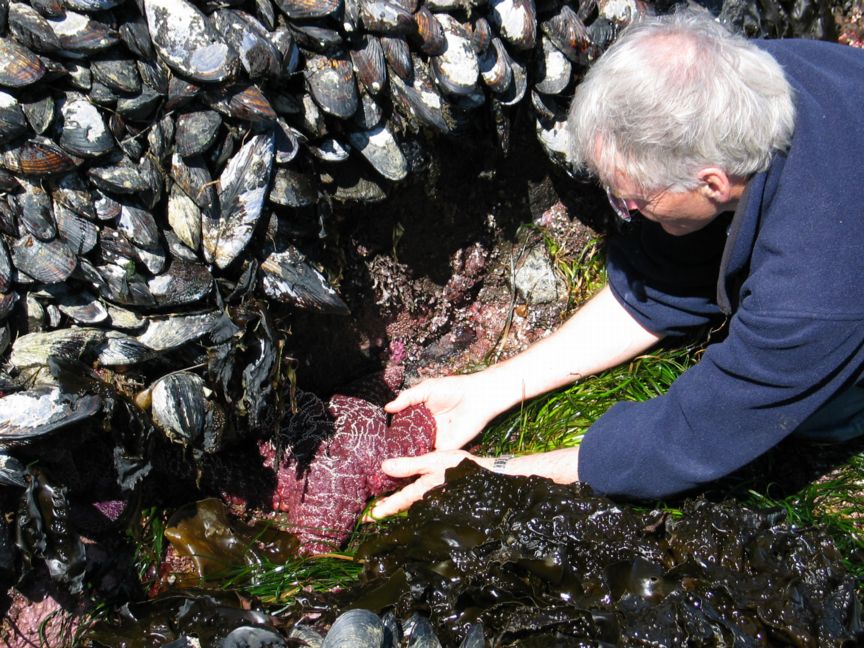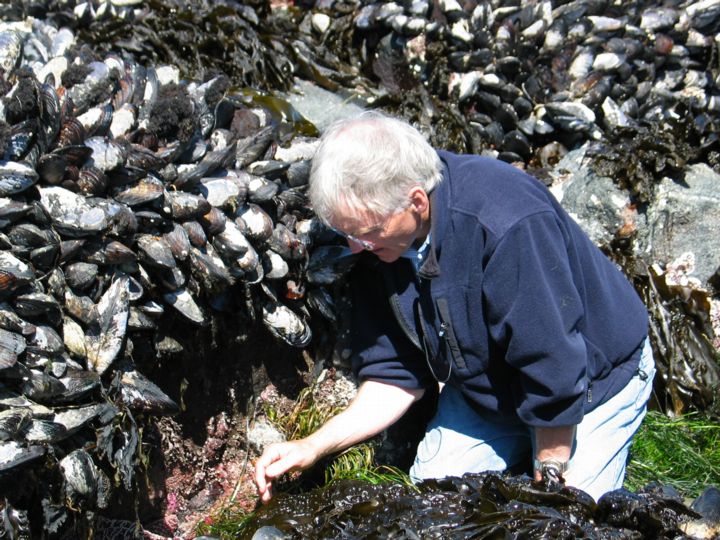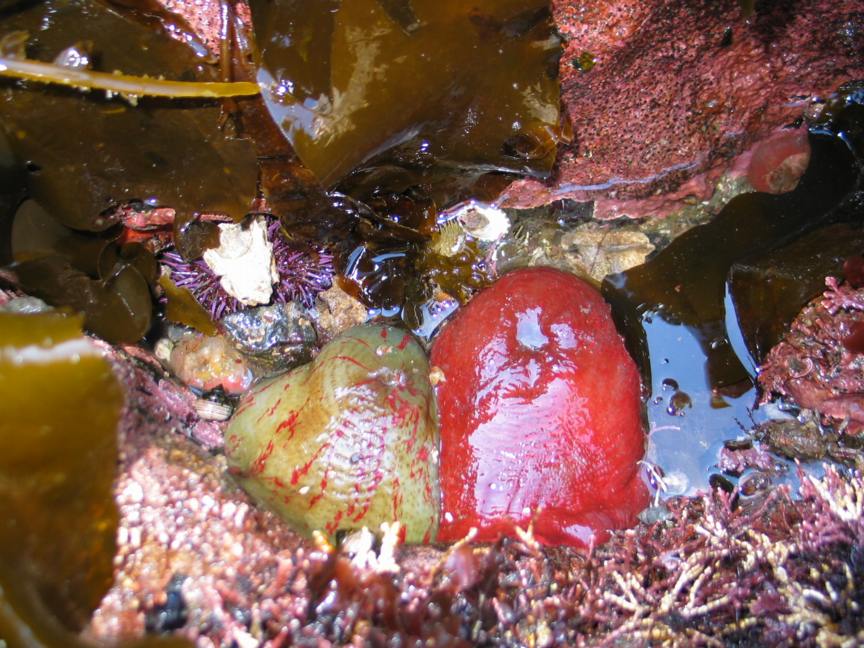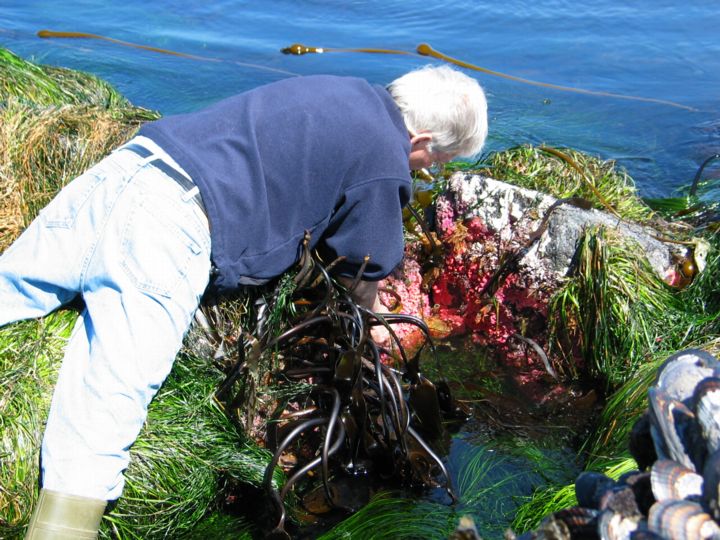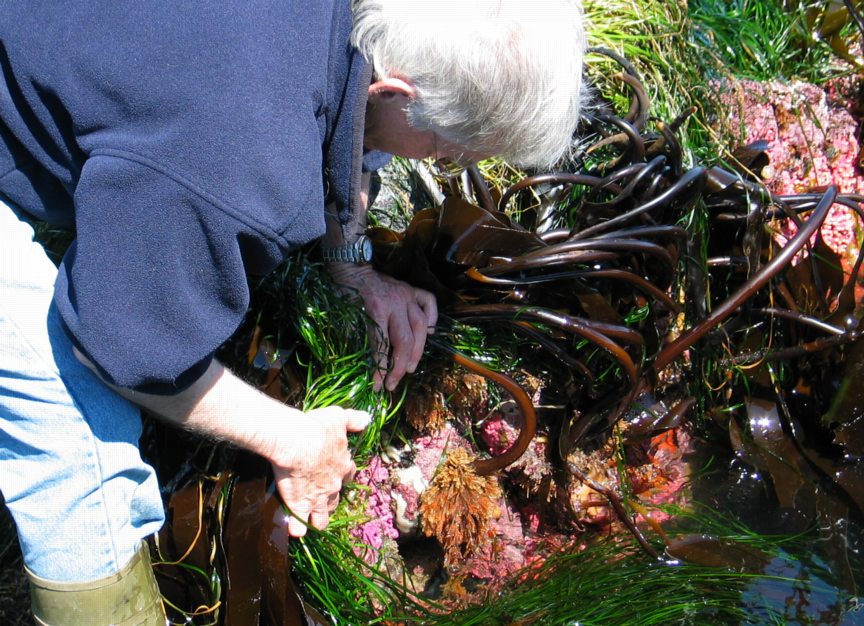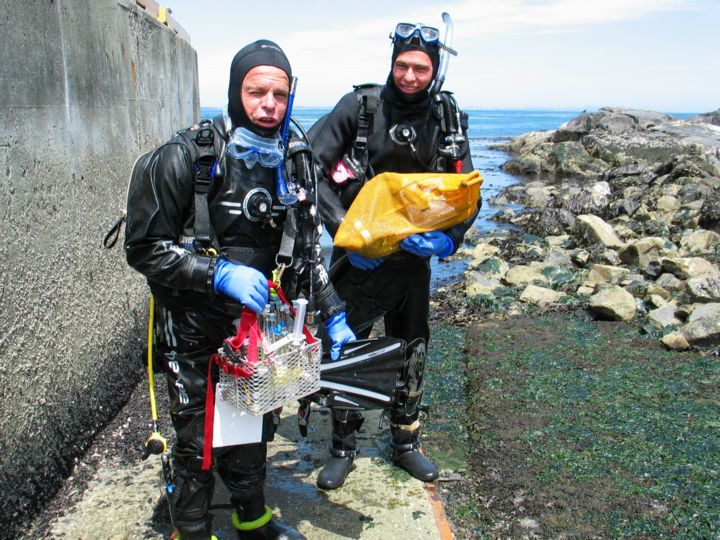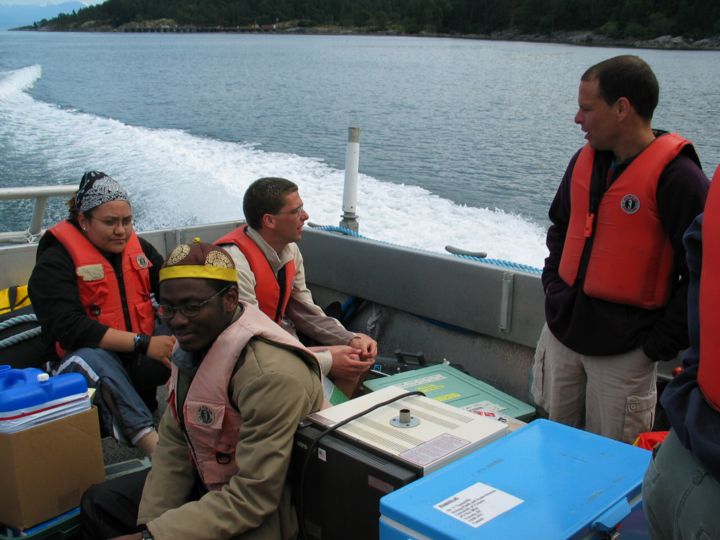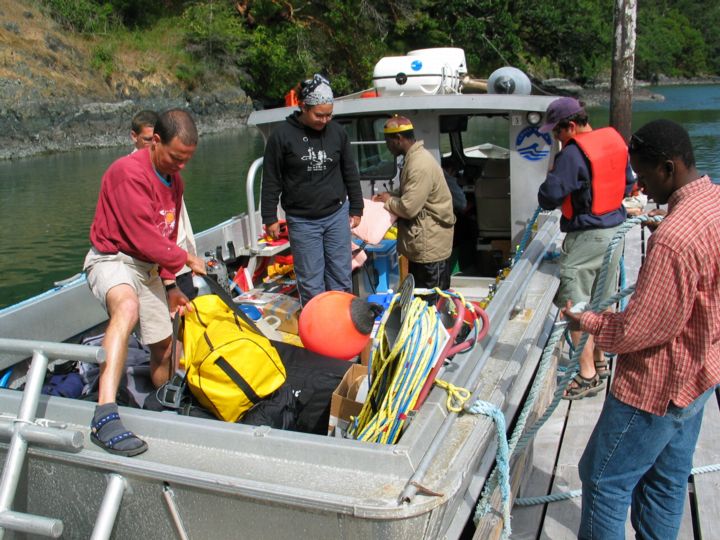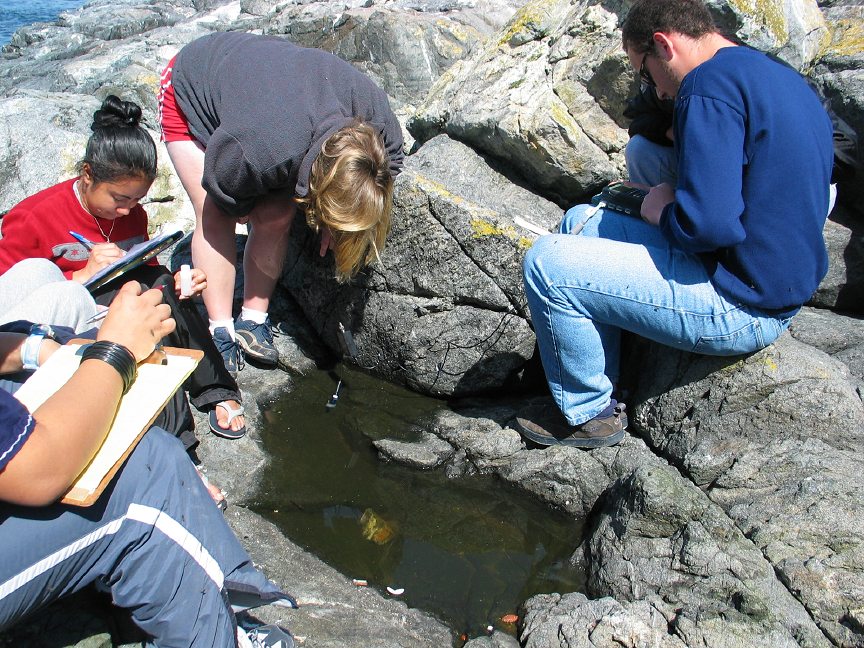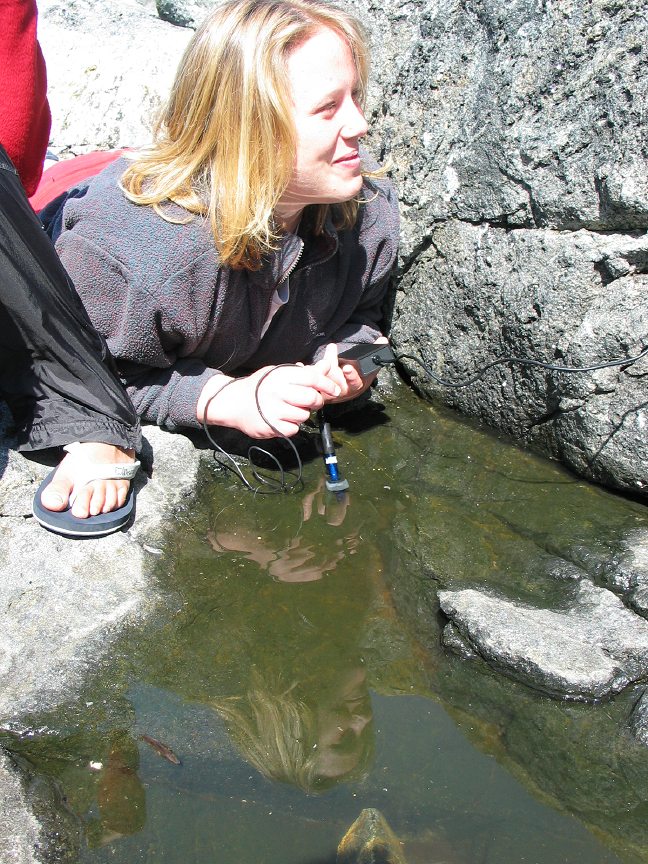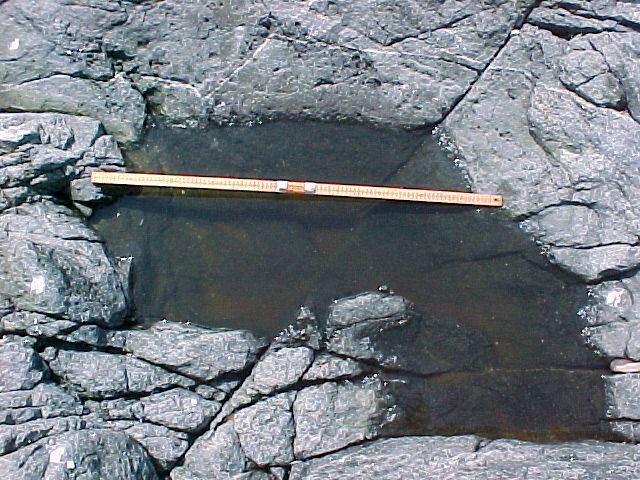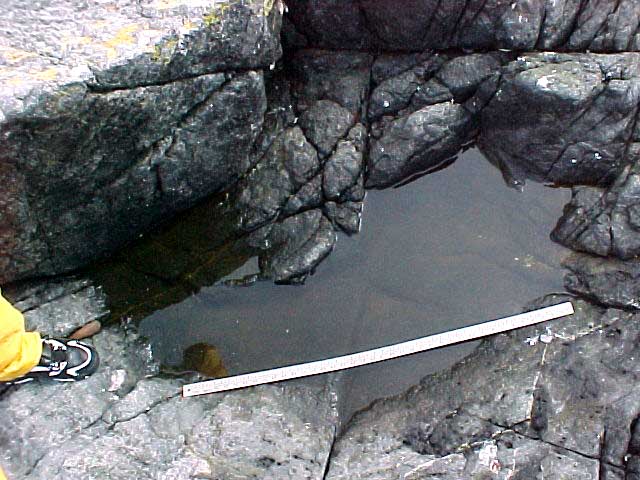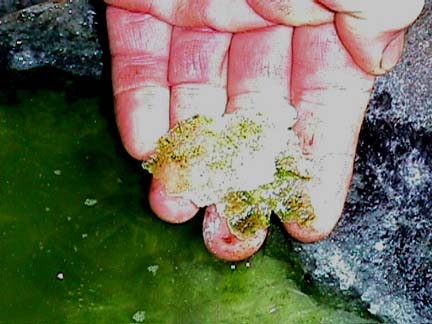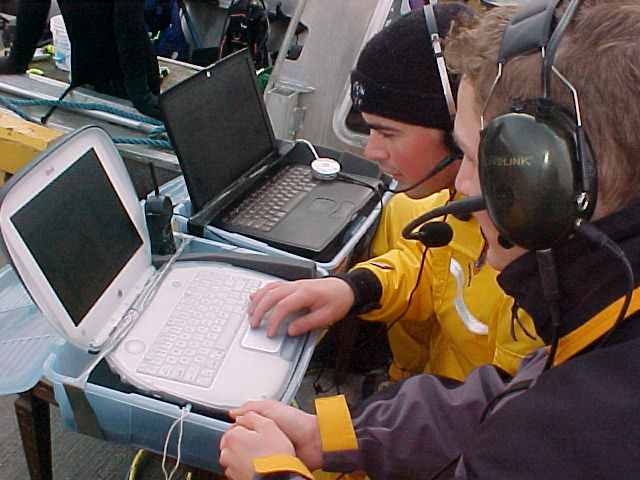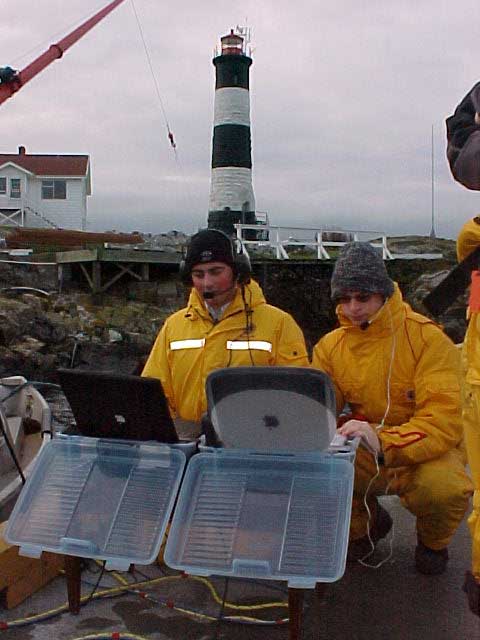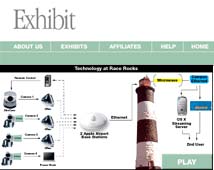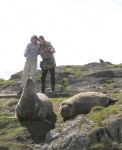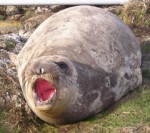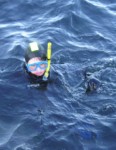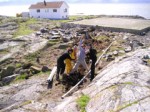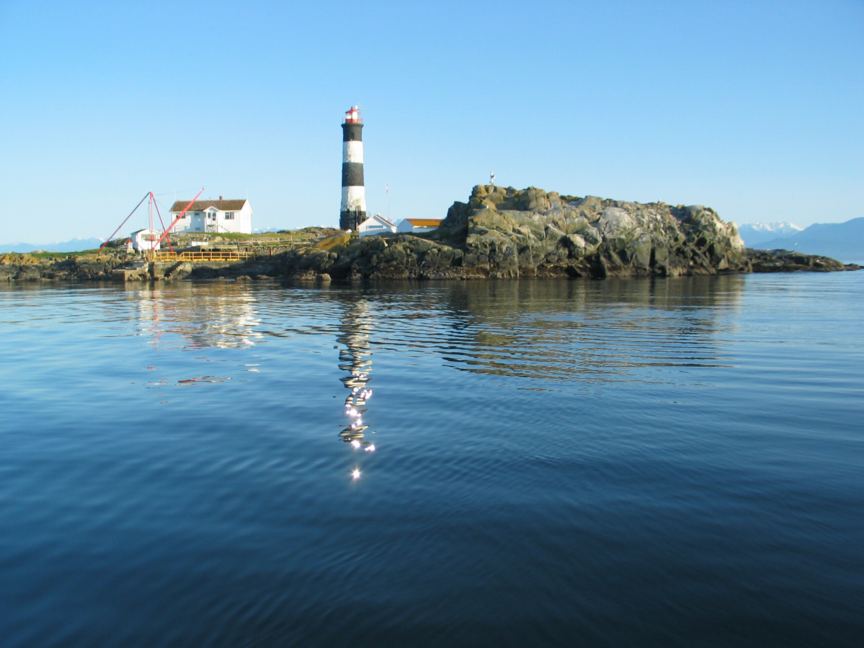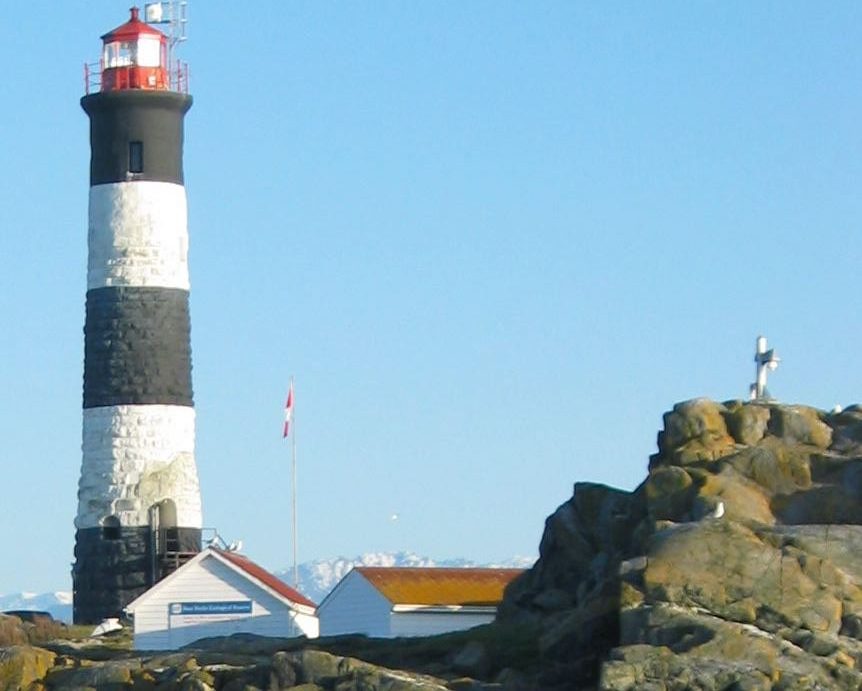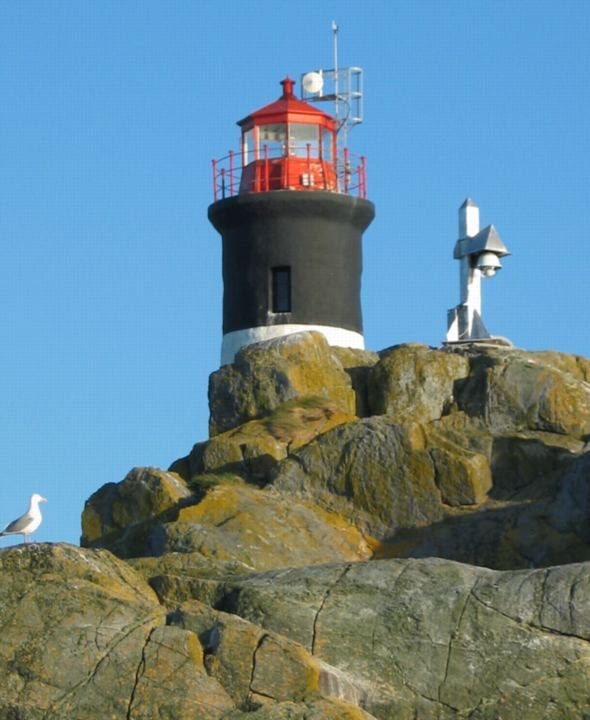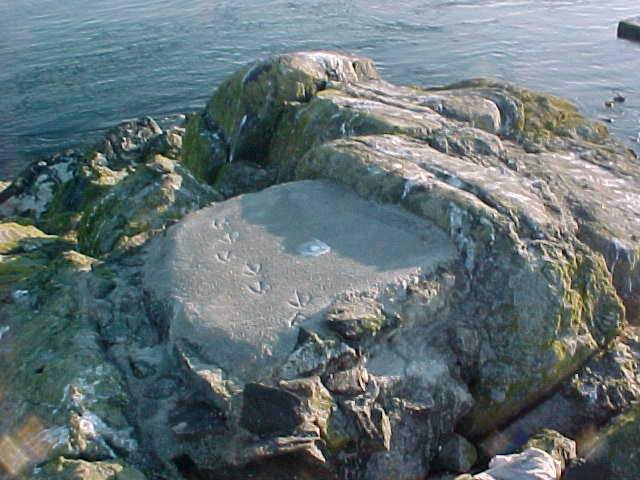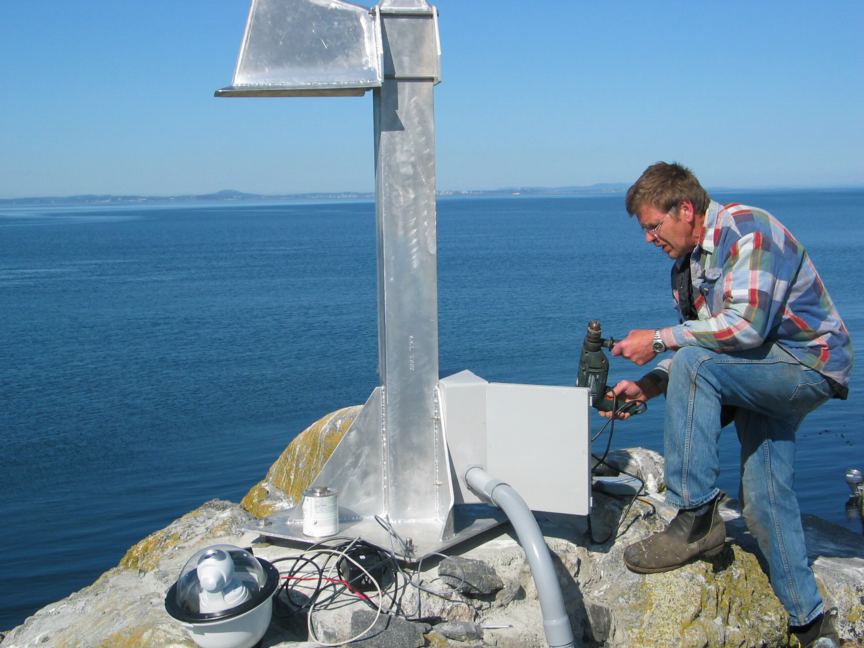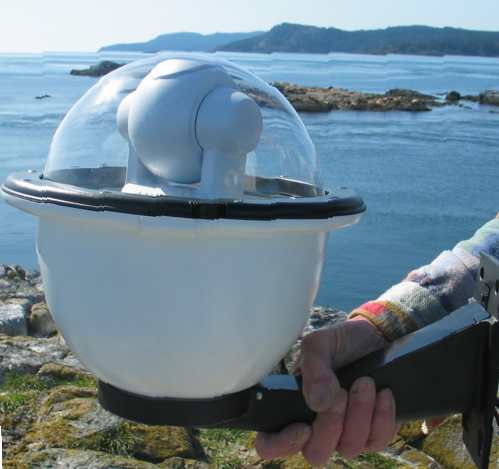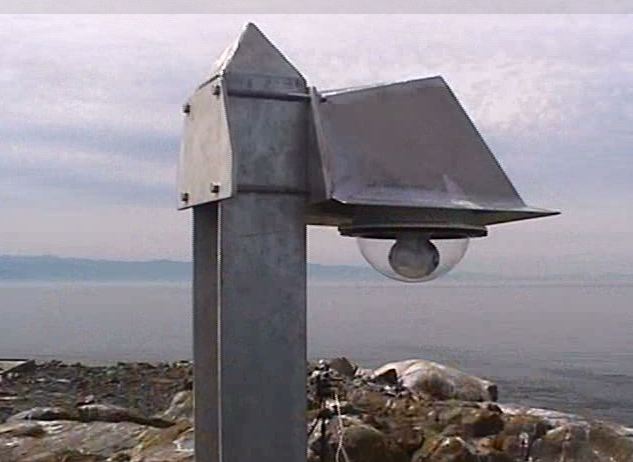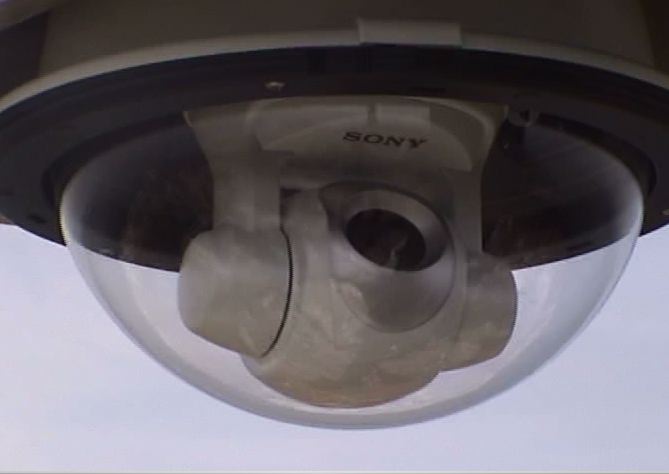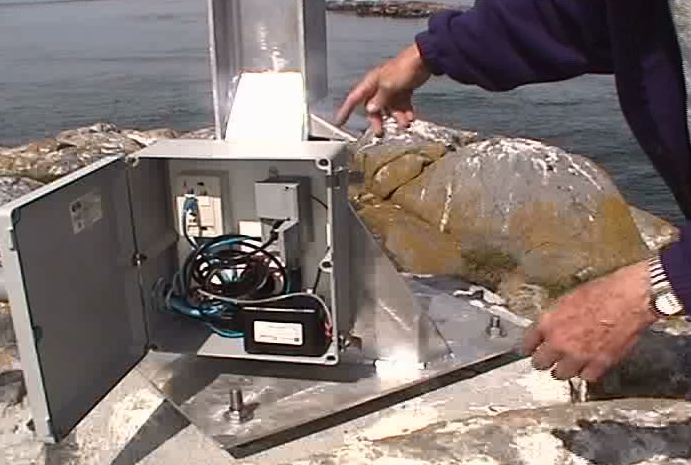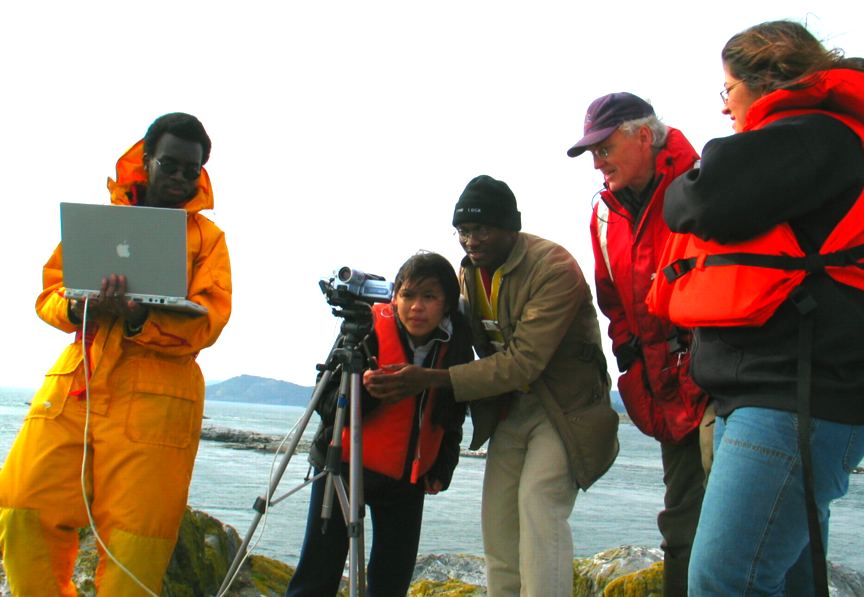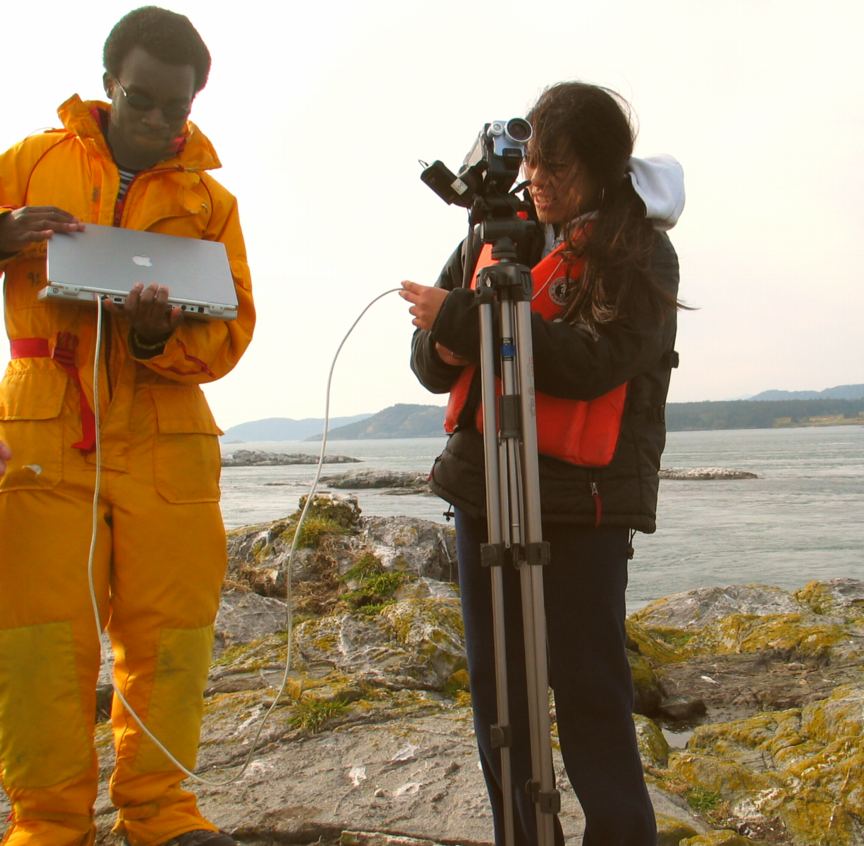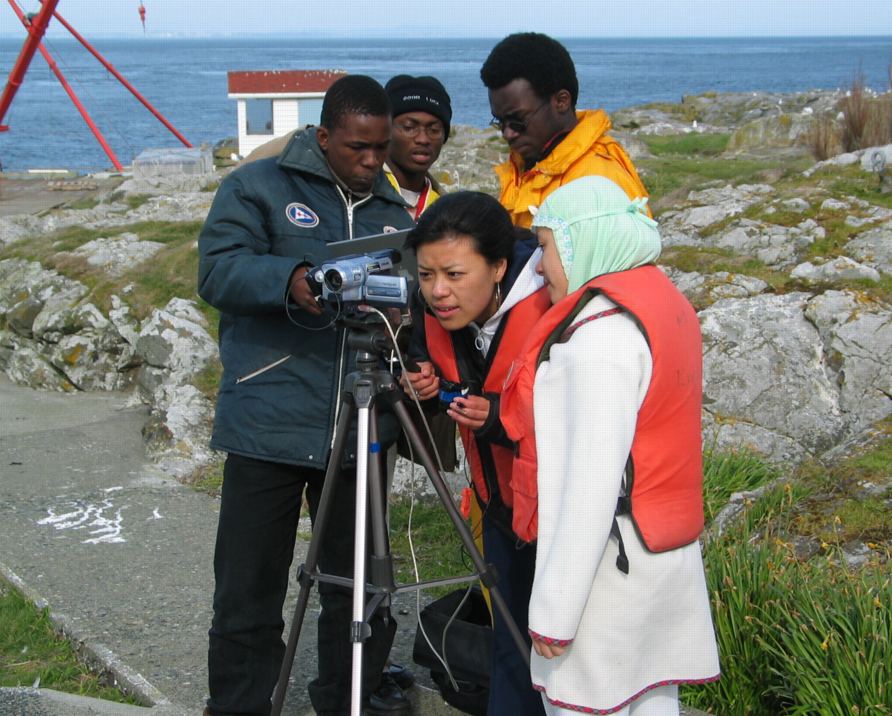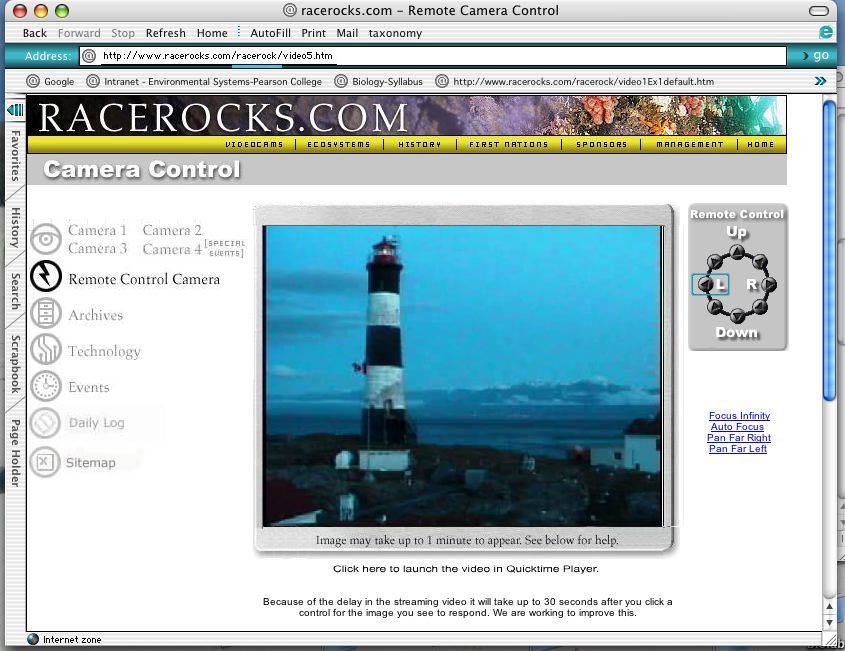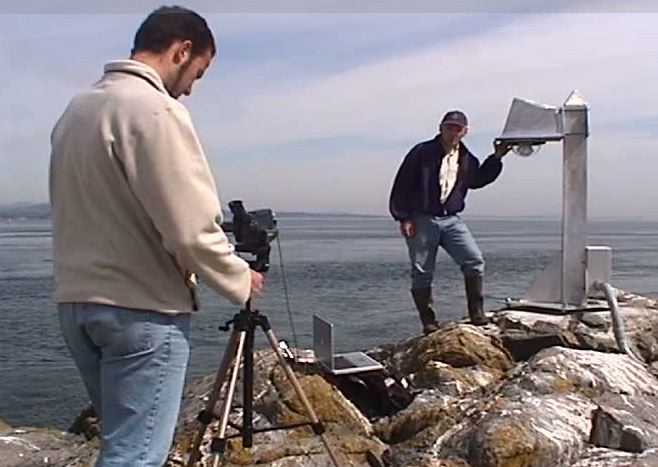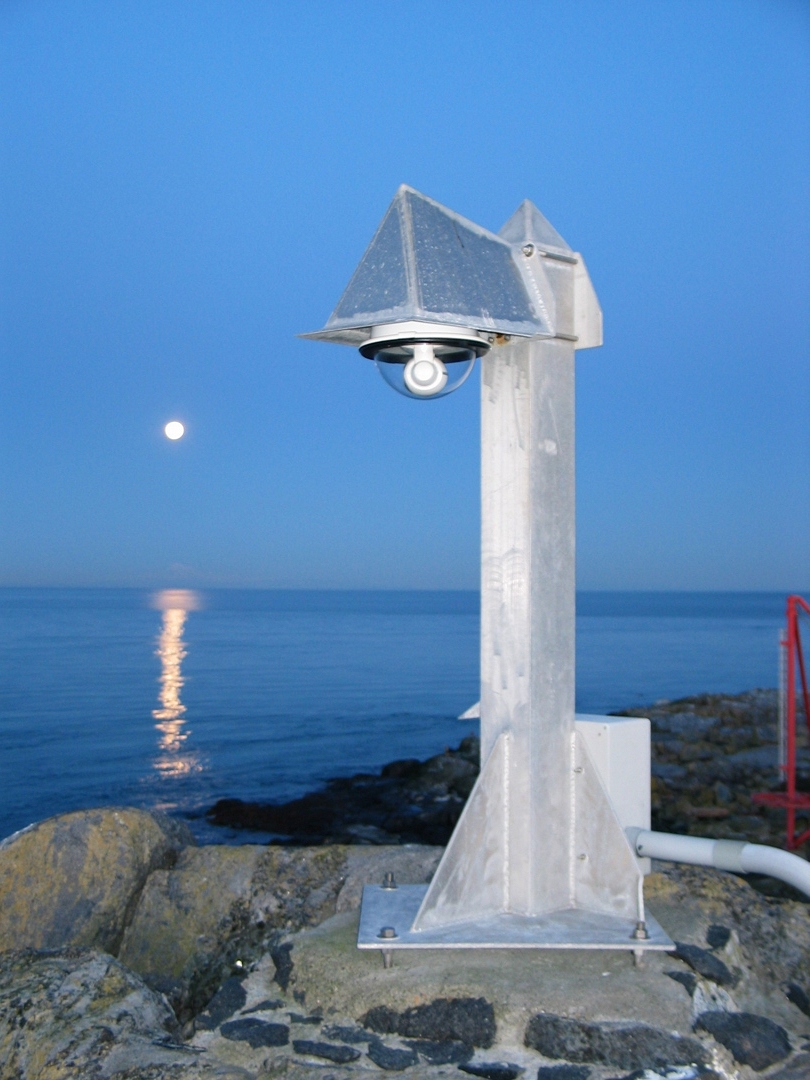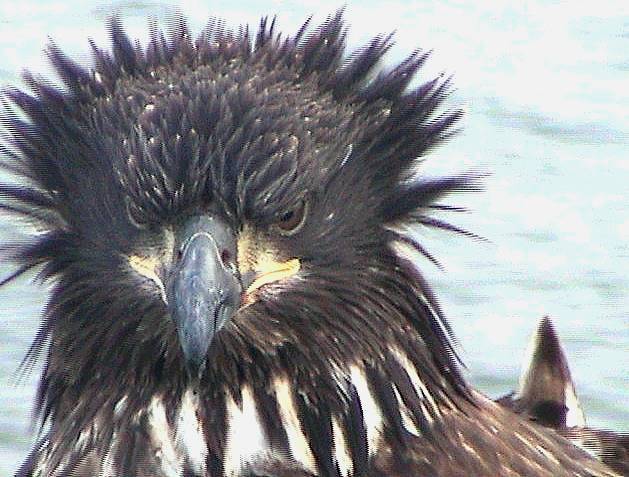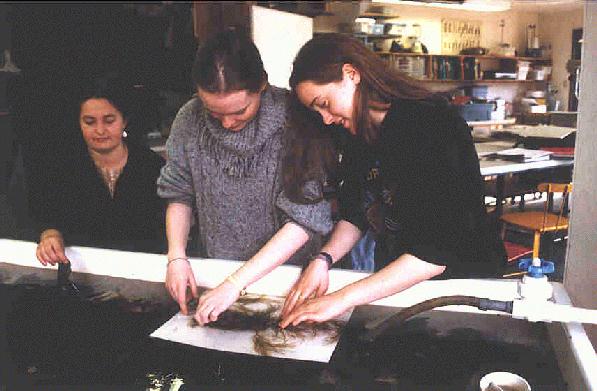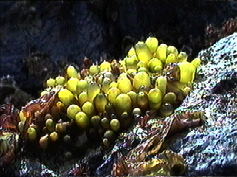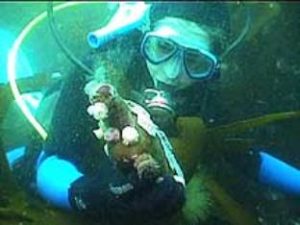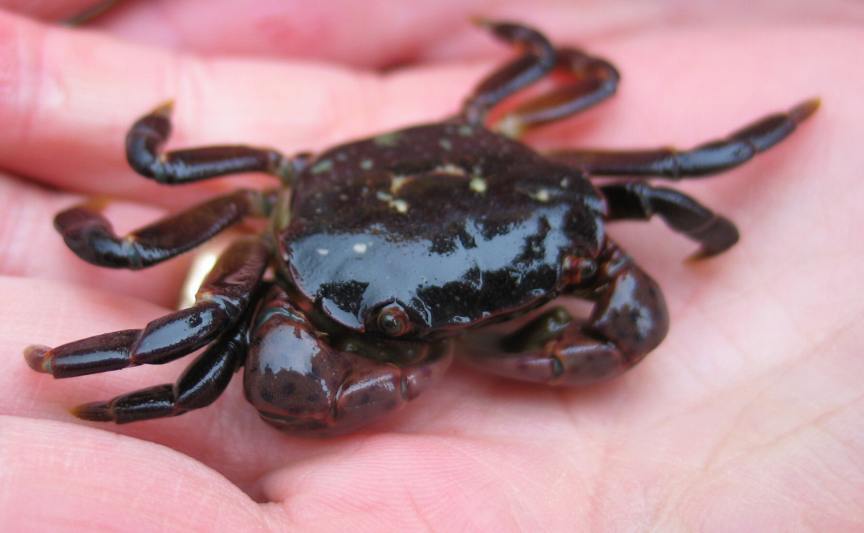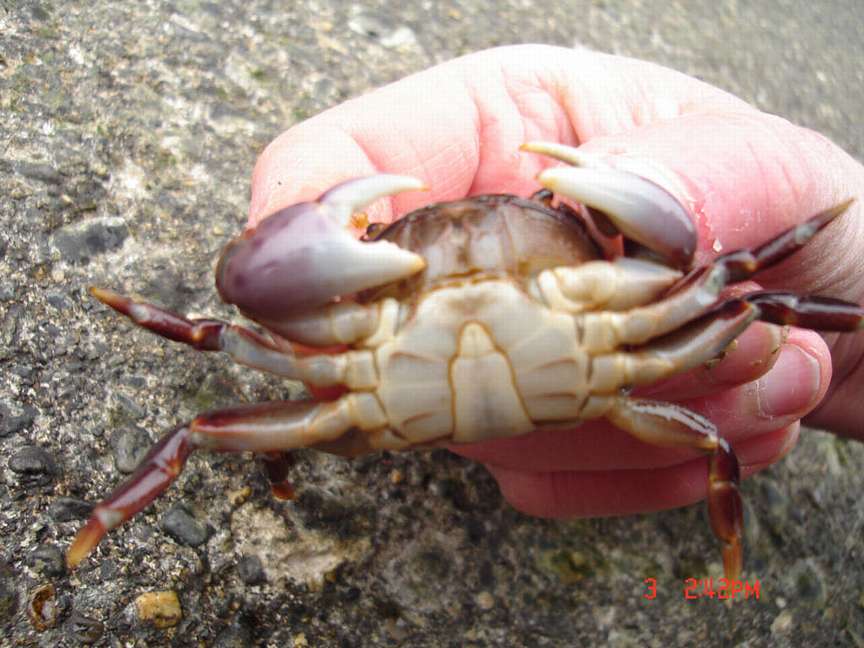Race Rocks ecological Reserve functions as an isolated system. Fresh water for human use may only be obtained by processing sea water through the desalinator. Energy is generated through solar panels and backup generators. The desalinator depends on these sources of energy to function. The more efficient the desalinator, the less energy is used. The students take us through the process:
- Just over the bank from the winch house is the seawater intake for the desalinator
- A line was concreted through the intertidal, and this pump in the winch house draws up the seawater and sends it over to the storage cistern.
- The concrete storage cistern is what used to be the main cistern to collect seawater from the roof of the light keepers residence. It is gradually developing a “green roof” with a covering of Sedum.
- In the 1970’s, this concrete block bomb-shelter or “Diefenbunker” was conve
- Entrance to the room. The Marine Protected Area Guardians who live on the island look after this equipment and start it up occasionally in order to replenish the water storage tank.
- The hoses and taps control the flow of water into and out of the desalinator.
- The desalinator is capable of processing 0.25 Gallons of salt water per minute on 220V. This coarse filter removes the plankton and sediments.
- The desalinator is the type used on boats where people live-aboard at sea. It contains membranes in the filters that allow fresh water to pass through at a pressure of 800 PSI.
- The water that does not go through the osmosis process is flushed back out to the sea down through a drainage hose. After passing through the desalinator, the fresh water is pumped back outside to the insulated water storage tank in the shed on the left where it is stored. The water that does not go through the osmosis process is flushed back out to the sea down through a drainage hose.
- and the only other source of fresh water on the island.. after a rainstorm

